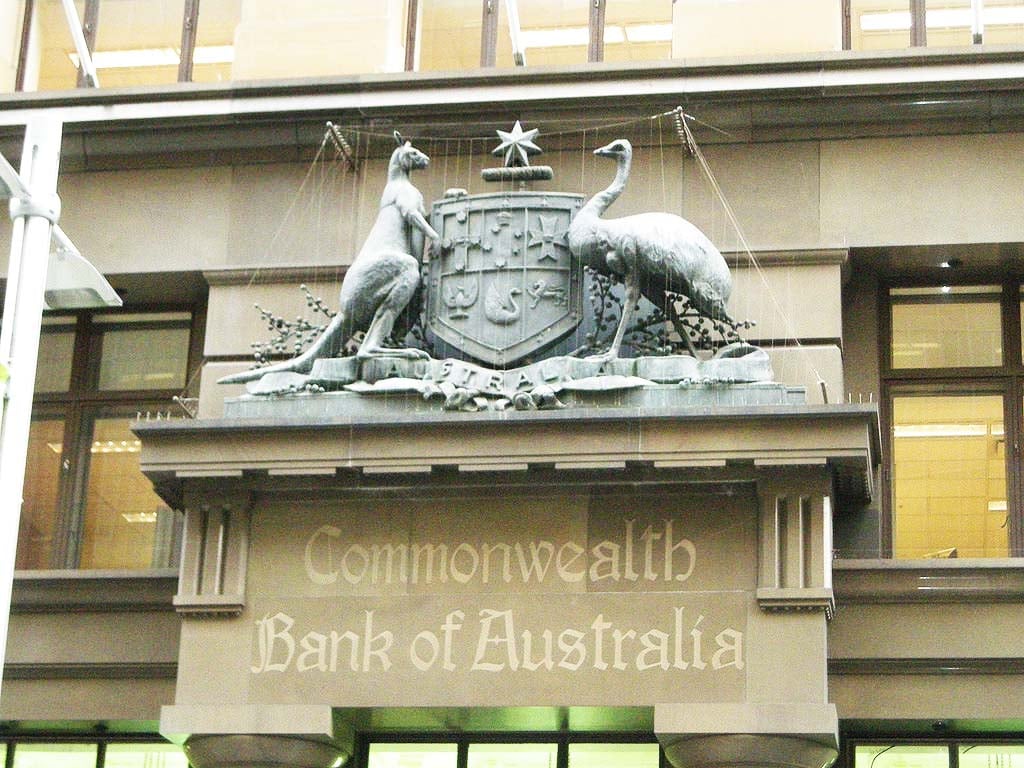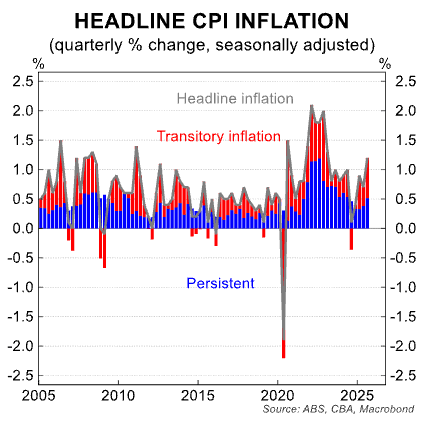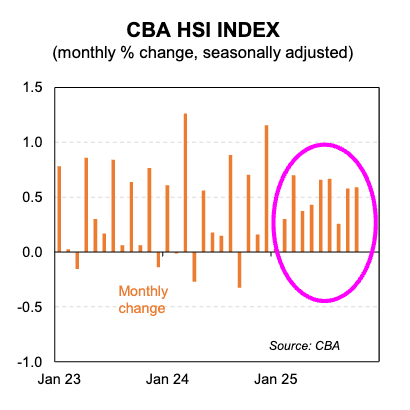
Image © Neal Jennings, Reproduced under CC licensing.
The Australian dollar is poised for a bullish run if domestic interest rates rise next year.
According to economists at Commonwealth Bank of Australia (CBA), the next move on interest rates at the Reserve Bank of Australia could well be to hike.
Citing just-released RBA meeting minutes, CBA's team sees evidence the central bank is no longer thinking solely in terms of rate cuts or extended holds.
CBA says that stronger data and persistent inflation pressures mean the board may have to widen its options to include tightening.
Belinda Allen, Head of Australian Economics at CBA, explains the minutes highlight that "members identified three judgements that were particularly pertinent: the implications of the recent rise in inflation; the outlook for the labour market; and whether monetary policy was still restrictive".
She notes that these minutes predate several important data releases, including jobs, lending and household spending figures that have pointed to ongoing economic momentum.
Employment rose by 42k in October and the unemployment rate dropped to 4.3% from 4.5%.
Above image courtesy of CBA.
Lending growth lifted by 9.6% in the third quarter, evidence of what CBA describes as a “sustained pick up in economic activity”.
CBA's own household spending data rose 0.6% m/m in October and 6.4% over the year, while consumer sentiment also lifted sharply.
The minutes show the board believes upcoming inflation readings will be decisive for the policy outlook.
Above image courtesy of CBA.
"The upcoming inflation prints we expect will be the most crucial from here in determining the bias of the Board," says Allen, warning "signs of persistent inflation have also lifted".
The RBA minutes contain a line that CBA's economists regard as a critical signal on future policy direction.
The minutes state that "both headline and underlying inflation were then forecast to be slightly above the midpoint of the target range in 2027".
They add that this forecast assumes a 30 basis point reduction in the cash rate and that an alternative projection with no further policy changes has inflation settling closer to target.
Above image courtesy of CBA.
CBA says this reinforces the RBA's focus on the midpoint of the inflation target and supports its view that the cash rate will be held at 3.60 per cent for now.
However CBA warns that the February meeting could become a key moment if inflation proves stronger than the RBA has forecast.
Allen says that if economic momentum continues and the fourth quarter inflation outcome is higher than expected, “the February RBA meeting could see the Board having to expand their consideration from just cuts or holds, to include all policy options”.
This is a clear warning that a real pivot away from lowering to hiking interest rates is a possibility.
? For the Australian dollar, the implications are significant.
A shift in tone towards tightening is typically supportive for the currency as it improves relative yield prospects and attracts capital flows.
Analysts say the AUD tends to respond quickly when the RBA signals reduced tolerance for inflation or hints at higher policy rates.
With the RBA now acknowledging that stronger demand, lower capacity and sticky inflation could “limit the scope for further easing”, the currency stands to benefit.
All attention now turns to the upcoming monthly inflation release and the RBA’s February meeting, where the possibility of a hike may for the first time be formally considered.



